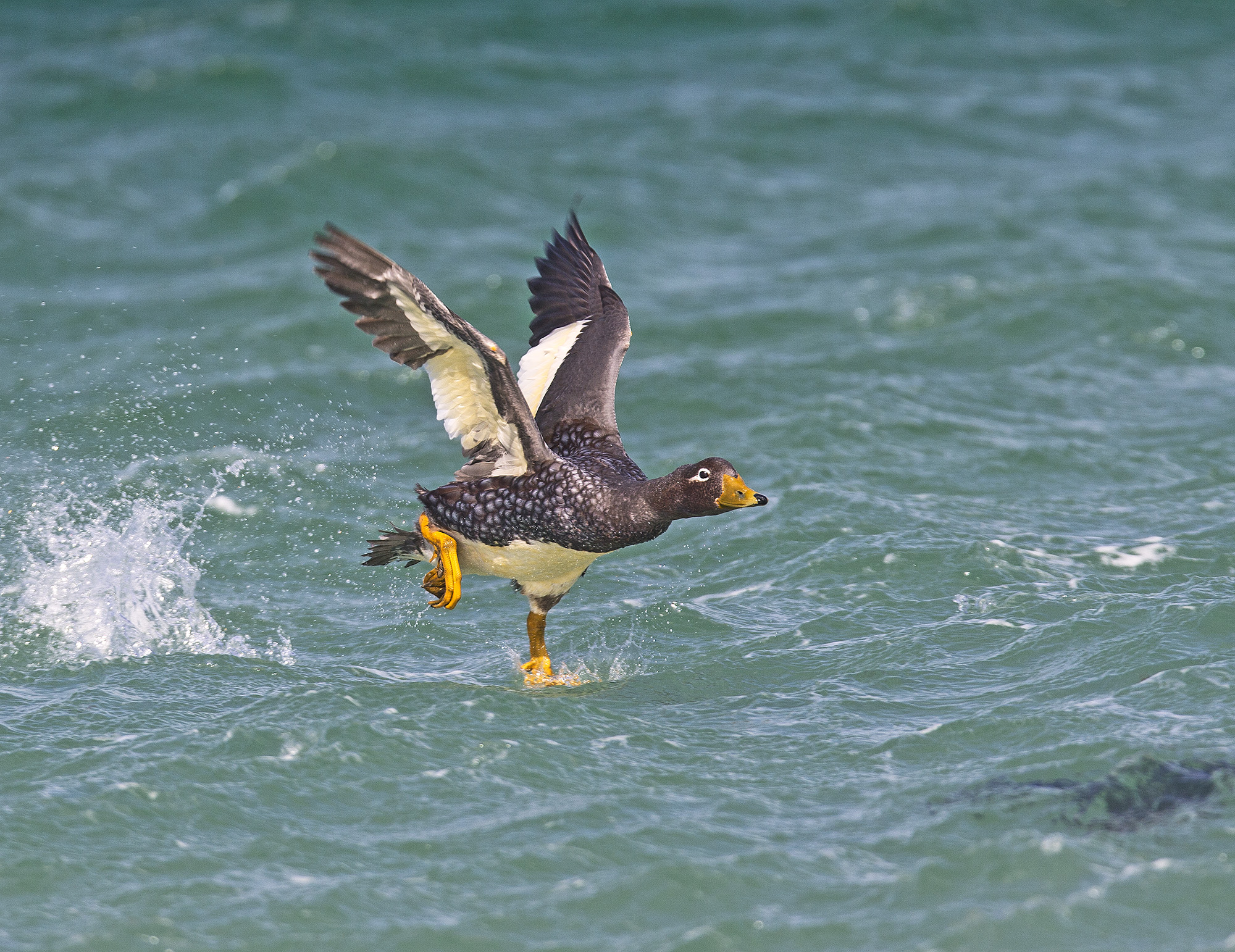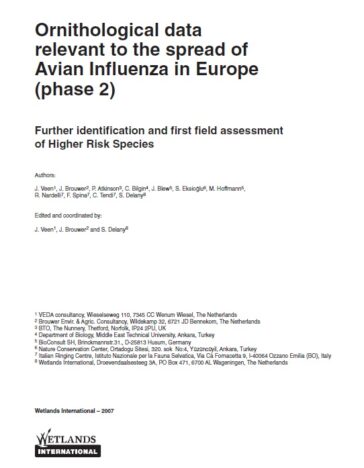
Ornithological data relevant to the spread of Avian Influenza in Europe (Phase 2)
-
Species
In northern winter and spring of 2005-2006, a project was carried out for the European Commission to identify species with a higher risk of introducing H5N1 from outside the EU to within EU borders. That desk study analysis was restricted to the predominantly migratory species belonging to the Anseriformes (ducks, geese and swans) and Charadriiformes (shorebirds, skuas, gulls and terns).
The occurrence of outbreaks of avian influenza in 14 EU countries in 2006 necessitated a second phase of the project, in which the preliminary analysis of Higher Risk Species was expanded to other bird groups, also through a desk study. In addition higher risk Bridge Species (species which might act as a link between wild birds and poultry) needed to be identified, with regard to
the risk of spread of the virus within EU borders once introduced, again through a desk study but also including a first check in the field. The results of this second phase of the project are presented in this report.
Quotation: Veen, J., Brouwer, J., Atkinson, P., Bilgin, C., Blew, J., Eksiogv lu, S., Hoffmann, M., Nardelli, R., Spina, F., Tendi, C., Delany, S. 2007. Ornithological data relevant to the spread of Avian Influenza in Europe (phase 2): further identification and first field assessment of Higher Risk Species. Wetlands International, Wageningen, The Netherlands

